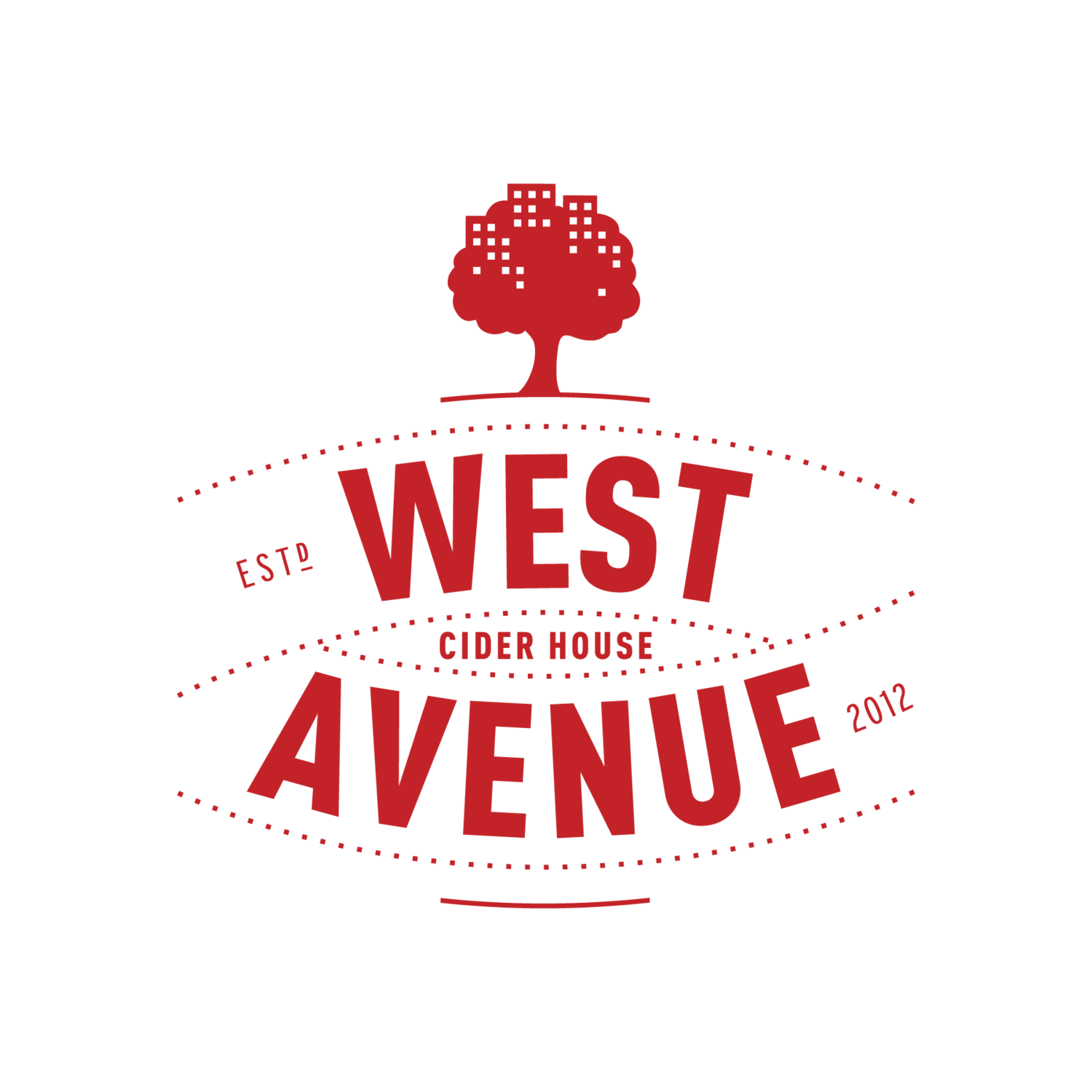Crafting Excellence: The Art of the Cider Making Process
Cider making is an art form honed over centuries, a process combining tradition with modern techniques. This journey from apple orchard to your glass is a fascinating blend of nature's gifts and human craftsmanship. Let's explore the meticulous steps involved in the cider making process, a path that turns simple apples into a delightful beverage.
Orchard Management: The Foundation of Quality Cider
Every great cider starts in the orchard. Quality orchard management is crucial, involving careful selection of apple varieties best suited for cider. In Canada, where climates vary, choosing the right apple species is vital. The growth, pruning, and harvesting of these apples form the foundation of the cider making process.
Harvesting: Timing is Everything
Harvesting apples for cider is all about perfect timing. Apples must be picked at peak ripeness, ensuring the right balance of sweetness, acidity, and tannins. Hand-picking is often preferred to preserve the fruit's integrity, setting the stage for a superior cider press experience.
Washing and Sorting: Preparing for the Cider Press
Once harvested, apples are thoroughly washed and sorted. This step removes any unwanted debris and selects only the best-quality apples for cider making. It's a meticulous process, ensuring that only the finest fruits make it to the cider press.
Crushing and Pressing: Extracting the Juice
The heart of the cider making process is the crushing and pressing of apples. Modern cider presses are efficient yet gentle, extracting juice without compromising the apple's natural flavors. This stage transforms solid apples into a rich, flavorful juice, ready for fermentation.
Fermentation: The Alchemy Begins
Fermentation is where the magic of cider making truly begins. Yeast is added to the apple juice, kickstarting the process of converting sugars into alcohol. This step can vary in duration, depending on the desired cider style. Temperature control is key, as it influences the cider's final flavor profile.
Maturation: Developing Depth and Complexity
After fermentation, the cider undergoes maturation. This stage allows the cider to develop its full depth and complexity. It's a patient wait, where the cider's character is refined, and its flavors are harmoniously blended.
Filtration and Carbonation: Polishing the Cider
Before bottling, the cider is filtered to achieve clarity and brilliance. Some ciders are then carbonated to add effervescence, enhancing the sensory experience. This step is critical in defining the cider's final mouthfeel and appearance.
Bottling and Packaging: The Final Step
The last stage of the cider process is bottling and packaging. Here, the cider is sealed into bottles, cans, or kegs, ready for distribution. This phase is not just about containment but also about preserving the cider's quality and extending its shelf life.
From orchard to bottle, the cider making process is a testament to craftsmanship and dedication. At West Avenue Cider, this journey is cherished at every step, ensuring each batch of our award-winning cider captures the essence of our Canadian orchards. We invite you to taste the difference that meticulous cider-making brings. Join us in celebrating a tradition that's as rich in history as it is in flavor.
